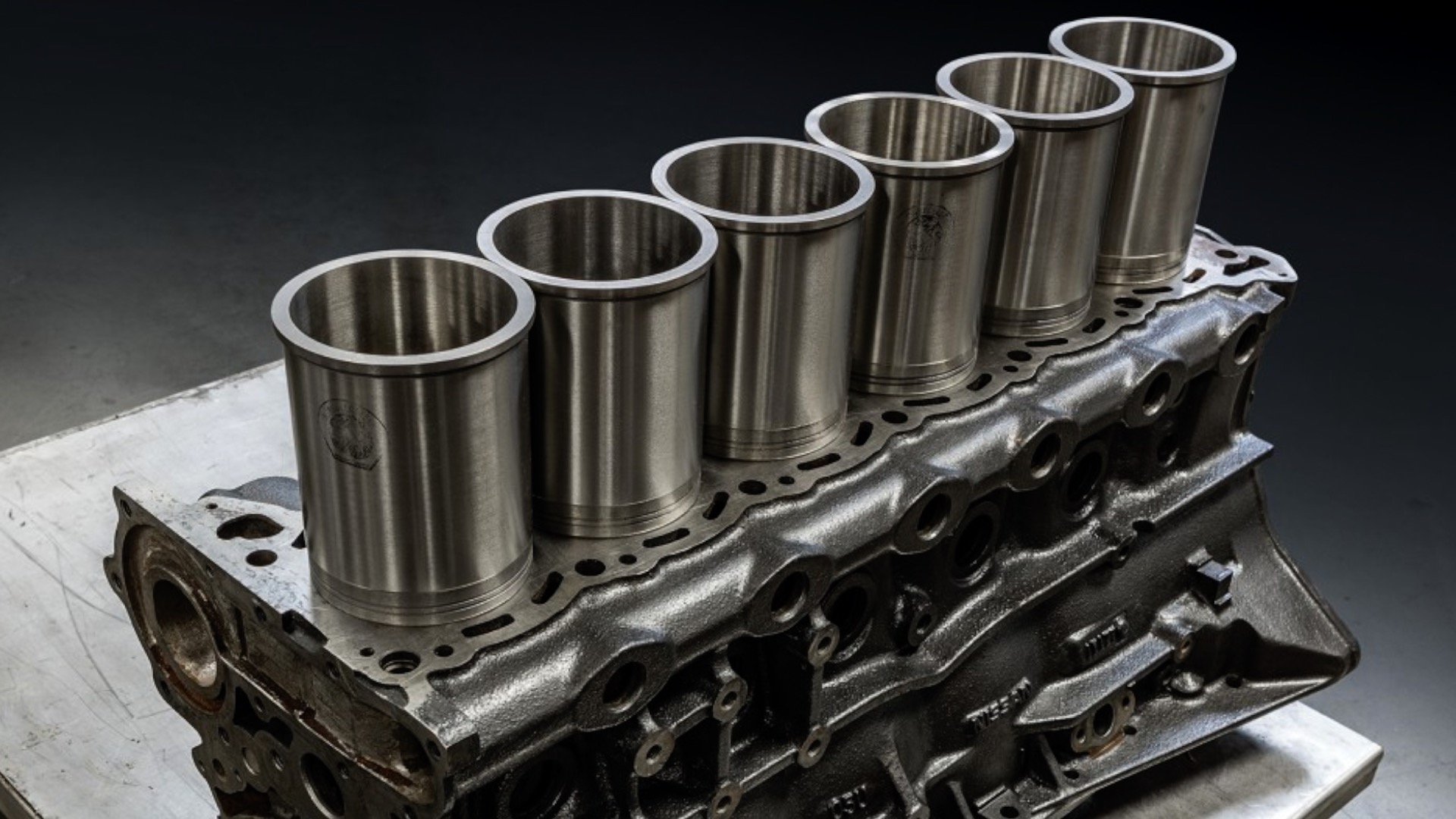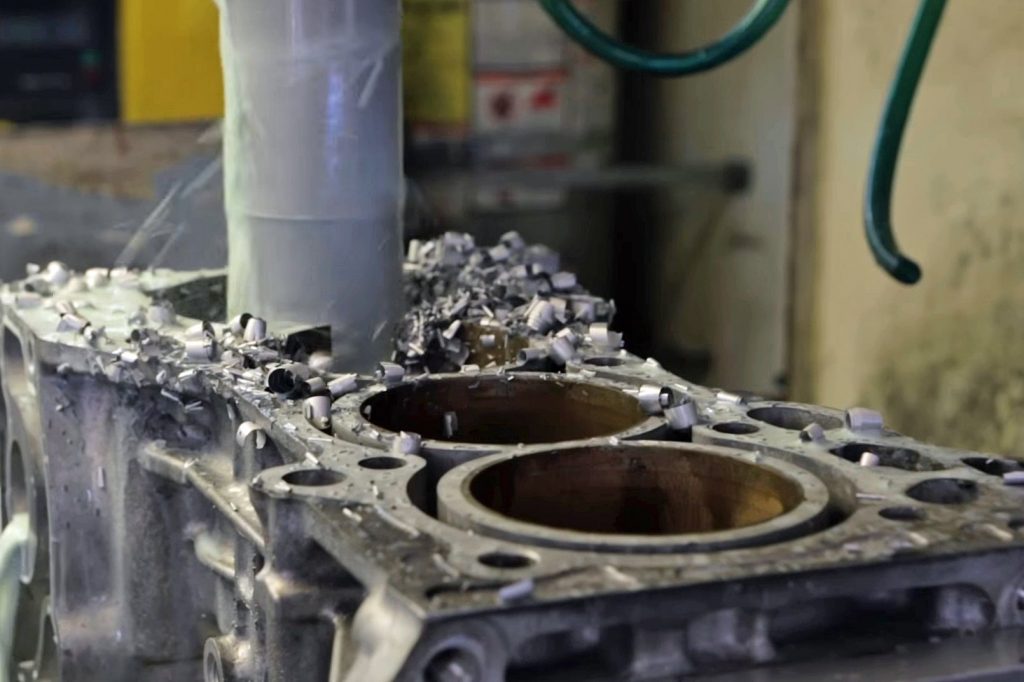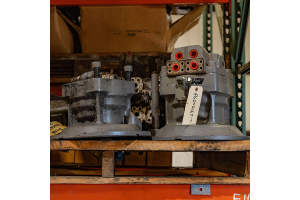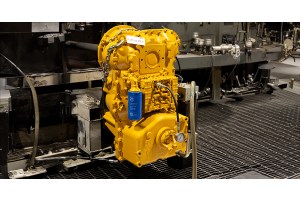
Cylinder sleeves are used in engine blocks to provide a hard wearing material for the pistons and piston rings.
The block can be made of one type of metal that's light and easy to cast, while the sleeves use another kind that's able to stand up to wear and tear.

There are three main types of cylinder sleeves; dry, flanged dry, and wet.
The dry sleeve can be cast in or pressed into a new block, or they can be used to restore badly worn or damaged cylinders that can't be rebored.
It's a pressed fit in the bore of the cylinder block. The wall of a cylinder is about two millimeters thick. The outer surface is in contact with the cylinder block from the top to the bottom of the sleeve.
The top is flush with the top of the block and can hardly be seen with the naked eye. Once in place, dry sleeves become a permanent part of the cylinder block.

A flanged dry sleeve is like a normal dry sleeve, but a flange at the top fits into a recess in the surface of the engine block. It's not a tight fit and can be replaced if it's worn.
With a wet sleeve, the outer surface is part of the water jacket around the cylinder. It's called "wet" because it has coolant in contact with its outer surface. This helps speed up heat transfer between the sleeve and coolant.
The sleeve is sealed at the top to prevent coolant leaks. This prevents coolant from entering the combustion chamber and the bottom of the crank case.

A flange at the top of the sleeve fits into a recess in the block. The bottom has one or two neoprene sealing rings.
With coolant in direct contact of the cylinder sleeve, corrosion can be a problem and can insulant the sleeve from the coolant which reduces the main advantage of having a wet sleeve in the first place.
The walls of wet sleeves are thicker than dry sleeves. They don't have the same support from the block as dry sleeves, so they depend on their wall thickness to stop distortion.
In diesel engines, vibration caused by combustion can cause cavitation. This damage looks similar to corrosion, and it can eventually destroy the cylinder.
When getting cylinder sleeves for your engine block, it is important to know what your block bore measurements are.
Cylinder Liners are usually made up of strong, resilient grey cast iron material which is manufactured using a centrifugal casting process. The grey cast iron is heated in the induction furnace and the molten metal is taken to the centrifugal casting machinery.
A permanent mold is rotated continuously about its axis at high speeds as the molten metal is poured causing the metal to distribute evenly around the die. Impurities naturally rise to the bore surface and is then machined out.
Corrosion resistance is further improved by adding chromium.
Another type of cylinder liners is one that is air cooled liners.
Air cooled cylinder liners are made from special “shell moulding process” having wear-resisting, close-grained, iron casting to ensure long life and efficient cooling.
Air Cooled Liners are specifically designed for air-cooled engines. Air cooled liners are most commonly used in automobiles.
They work like dry cylinder liners but the cooling used isn't coolant but air.
If you need liners for your engine, or any other engine parts, give ConEquip Parts a call.









